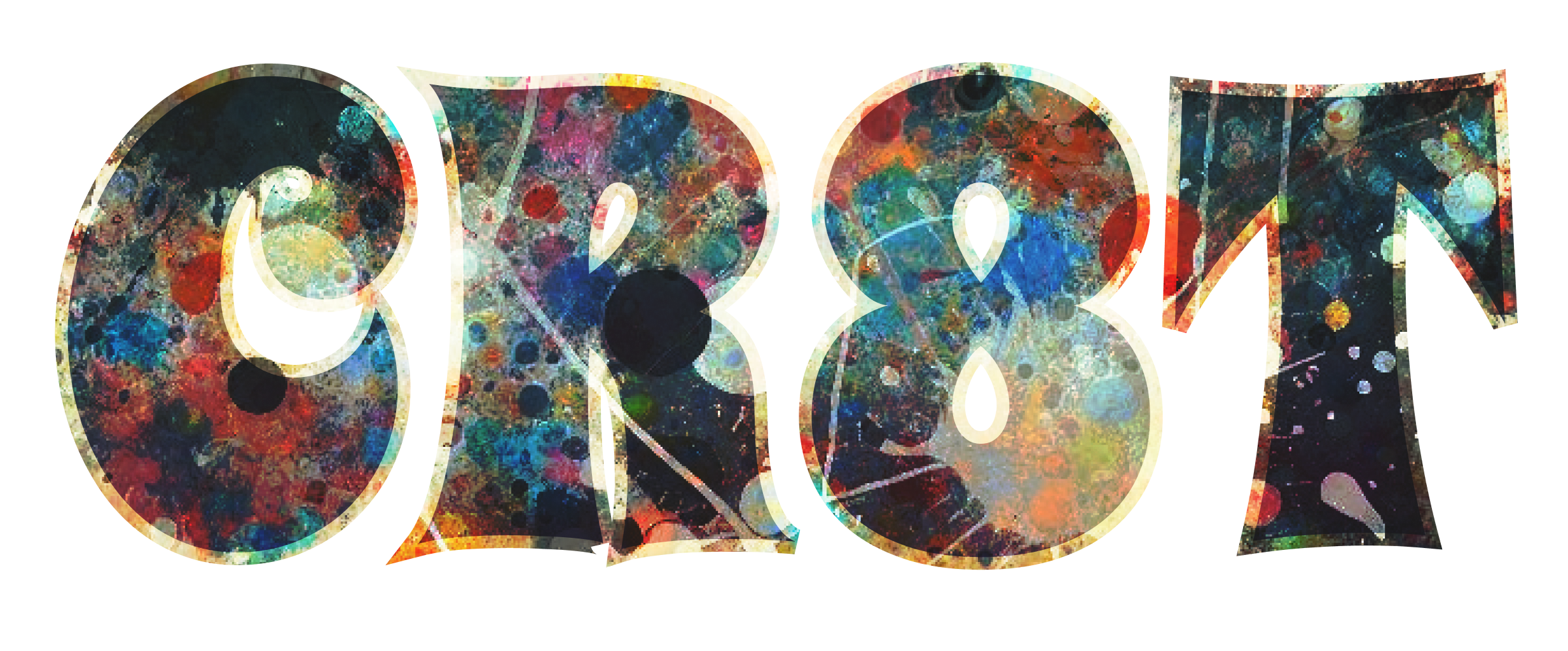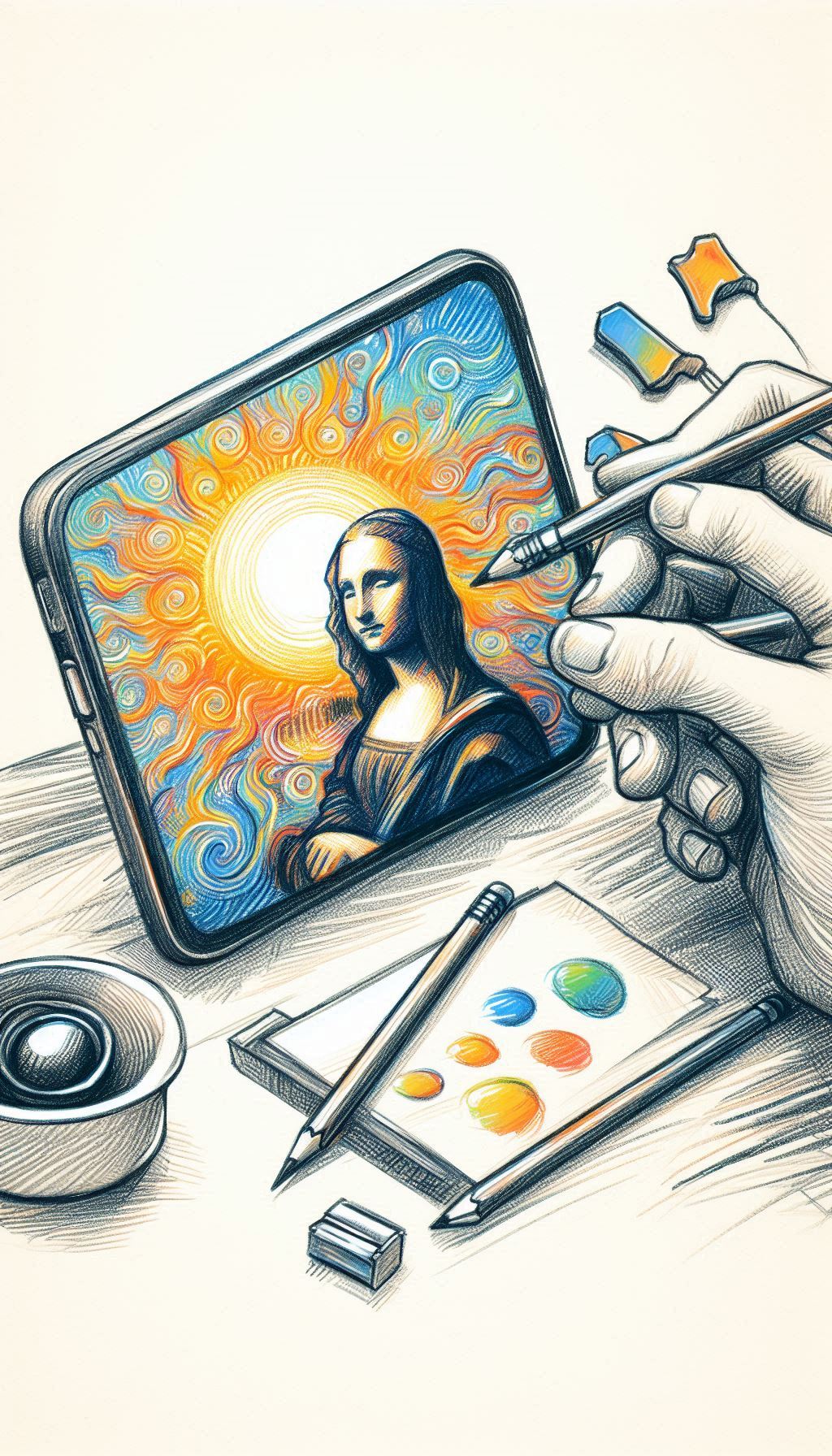Table of contents
- The Impact of AI on Creative Industry Trends
- Emerging Technologies Shaping the Creative Industry
- Artificial Intelligence Revolutionizing Creative Fields
- Future Trends for Creatives in the Age of AI
- AI’s Influence on Innovation in Creative Industries
- Adapting to AI: Changes in the Creative Industry
- Harnessing AI for Success in Creative Fields
The Impact of AI on Creative Industry Trends
AI is revolutionizing the creative industry in various ways. One of the most significant impacts of AI on creative industry trends is the automation of repetitive tasks. This allows creatives to focus more on their core tasks, such as brainstorming ideas and creating innovative content. AI tools can also analyze data and provide insights that help creatives make more informed decisions. Additionally, AI can help personalize content for audiences, leading to more engaging and relevant experiences for consumers. Overall, AI is reshaping the creative industry by streamlining processes, improving efficiency, and enhancing the overall creative output.
Emerging Technologies Shaping the Creative Industry
Technology is rapidly transforming the creative industry, opening up new possibilities and revolutionizing the way we work. One key trend is the rise of artificial intelligence (AI) and machine learning, which are being used to streamline processes, enhance creativity, and optimize workflows. These emerging technologies are shaping the future of the creative industry in exciting ways, allowing professionals to push boundaries and explore innovative ideas like never before.
AI-powered tools are helping creatives to automate repetitive tasks, analyze data, and generate insights that can inform decision-making and improve outcomes. From predictive analytics to personalized recommendations, AI is enabling professionals to work smarter, faster, and more efficiently. This shift towards automation and data-driven insights is driving significant change across the creative landscape, empowering individuals and teams to deliver better results and more meaningful experiences.
In addition to AI, other emerging technologies such as virtual reality (VR), augmented reality (AR), and blockchain are also making a big impact on the creative industry. VR and AR are transforming how we create and consume content, offering immersive experiences and new ways to engage audiences. Blockchain, on the other hand, is revolutionizing the way we manage digital assets, enabling secure transactions and transparent processes. These technologies are reshaping the creative industry and pushing boundaries in ways we never thought possible.
Artificial Intelligence Revolutionizing Creative Fields
In today’s rapidly advancing technological landscape, Artificial Intelligence (AI) has become a game-changer, revolutionizing various creative fields. From graphic design to music composition, AI is reshaping the way artists work and pushing the boundaries of creativity. This transformative technology is enabling artists to explore new possibilities and innovate in ways never thought possible before.
AI algorithms are being integrated into creative software, allowing artists to streamline their workflows and enhance their projects with intelligent tools. For example, AI-powered design tools can generate unique layouts, color schemes, and typography, helping designers to experiment and iterate quickly. In the music industry, AI is being used to compose melodies, analyze sound patterns, and even create entire songs autonomously.
Moreover, AI is also revolutionizing the marketing and advertising industry by enabling personalized content creation, targeted advertising, and predictive analytics. With AI-driven algorithms, marketers can analyze consumer behavior, optimize campaigns, and deliver highly relevant content to their target audience. This level of customization and precision is reshaping the way brands engage with their customers and drive business growth.
Overall, AI is not replacing human creativity but augmenting it, enabling artists and creators to push the boundaries of their imagination and achieve new levels of innovation. As AI continues to evolve and mature, creative professionals will have even more tools at their disposal to create groundbreaking work that captivates audiences around the world.
Future Trends for Creatives in the Age of AI
As we navigate the ever-evolving landscape of the creative industry, the rise of artificial intelligence is reshaping the way we approach our work. In this age of AI, creatives are facing new opportunities and challenges that will shape the future of the industry. One of the key trends that we are seeing is the integration of AI into the creative process, enabling us to explore new possibilities and push the boundaries of our creativity. AI-powered tools are revolutionizing the way we create and collaborate, opening up a world of possibilities for creatives to experiment and innovate in ways we never thought possible before.
Another trend that is emerging in the age of AI is the increasing focus on data-driven creativity. As AI continues to advance, creatives are leveraging data and analytics to inform their decision-making process and create more personalized and targeted content. By harnessing the power of AI, creatives can gain valuable insights into audience preferences and behavior, allowing them to tailor their work to better connect with their target audience. This data-driven approach is revolutionizing how creatives approach their work, leading to more effective and impactful content creation.
Additionally, the rise of AI is leading to a shift in the way creatives collaborate and work together. With the help of AI-powered tools, creatives can now collaborate in real-time, regardless of geographical location. This level of connectivity is revolutionizing the way creatives collaborate, enabling them to work more efficiently and effectively than ever before. As AI continues to advance, we can expect to see even more innovative ways for creatives to collaborate and create together, pushing the boundaries of what is possible in the creative industry.
AI’s Influence on Innovation in Creative Industries
AI’s Influence on Innovation in Creative Industries
In today’s digital age, artificial intelligence (AI) is revolutionizing the creative industry by providing innovative tools and solutions that streamline processes and push boundaries. AI is significantly impacting how creatives work and bringing about new opportunities for innovation. One of the key areas where AI is making a difference is in the creation of personalized content that resonates with audiences on a deeper level. By analyzing data and trends, AI can help creative professionals tailor their work to specific audiences, leading to more engaging and impactful content.
AI is also revolutionizing the way creatives collaborate and brainstorm ideas. With AI-powered tools like virtual assistants and chatbots, creatives can streamline communication, gather feedback, and generate new ideas more efficiently. This not only saves time but also encourages collaboration and creativity in ways never seen before. Additionally, AI is helping creatives automate repetitive tasks, allowing them to focus on more strategic and creative aspects of their work. From generating design mockups to analyzing performance metrics, AI is changing the game for creatives across the board.
Furthermore, AI is enabling creatives to experiment with new technologies and techniques that were previously out of reach. By harnessing the power of AI, creatives can explore virtual reality, augmented reality, and other cutting-edge technologies to create immersive and interactive experiences for their audiences. This opens up a world of possibilities for creatives to push boundaries, innovate, and stay ahead of the curve in a rapidly evolving industry. As AI continues to evolve, its influence on innovation in creative industries will only grow, shaping the future of creativity and setting new standards for excellence.
Adapting to AI: Changes in the Creative Industry
The creative industry is rapidly evolving in the age of artificial intelligence, with significant changes reshaping the way professionals work and collaborate. Adapting to AI technology has become crucial for staying competitive and innovative in this dynamic landscape. One of the key trends in the creative industry is the increasing integration of AI tools and platforms to streamline processes, enhance creativity, and improve overall efficiency. As automation becomes more prevalent, creatives must embrace these changes and leverage AI to their advantage.
Another important aspect of adapting to AI in the creative industry is the shift towards data-driven decision-making. With AI’s ability to analyze vast amounts of data and provide valuable insights, creatives can make more informed choices and better understand their target audience. This data-driven approach not only helps improve the quality of creative work but also enables professionals to optimize their strategies for greater success. Embracing AI technology allows creatives to stay ahead of the curve and deliver innovative solutions that resonate with consumers.
Harnessing AI for Success in Creative Fields
In today’s ever-evolving creative landscape, the integration of artificial intelligence has become essential for success. By harnessing the power of AI, creative professionals can streamline processes, maximize efficiency, and unlock new possibilities for innovation. Embracing AI technology allows individuals and businesses in creative fields to stay ahead of the curve and remain competitive in a rapidly changing industry.
AI tools can assist creative professionals in various ways, from generating personalized content to automating repetitive tasks. By leveraging AI algorithms, designers, writers, artists, and other creatives can enhance their work, save time, and focus on the aspects of their craft that truly matter. The possibilities are endless when it comes to utilizing AI for success in creative fields.
Frequently Asked Question
What are the current trends in the Creative industry in the age of AI?
As AI continues to advance, the Creative industry is seeing several trends emerge. One trend is the use of AI tools to assist in the creation of content, such as automated design programs and predictive analytics for marketing campaigns. Another trend is the rise of AI-generated content, including music, art, and writing. Additionally, AI is being used to personalize customer experiences and improve user engagement on digital platforms. These trends are reshaping the way creatives work and interact with technology in the modern age.
How is AI impacting the workflow of creatives in the Creative industry?
AI is streamlining and enhancing the workflow of creatives in the Creative industry in various ways. For example, AI-powered tools can automate repetitive tasks, such as data analysis and image editing, allowing creatives to focus on more strategic and creative aspects of their work. AI algorithms can also analyze customer data and trends to inform content creation and marketing strategies. By incorporating AI into their workflow, creatives can work more efficiently, make data-driven decisions, and stay ahead of industry trends.
What challenges and opportunities do AI present for professionals in the Creative industry?
AI presents both challenges and opportunities for professionals in the Creative industry. One challenge is the fear of job displacement, as AI technology becomes more advanced and capable of performing creative tasks. However, there are also opportunities for professionals to leverage AI to enhance their creativity and productivity. By learning how to work alongside AI tools and algorithms, creatives can unlock new possibilities for innovation and collaboration. Embracing AI in the Creative industry can lead to new career paths, increased efficiency, and the ability to create more personalized and engaging content for audiences.

